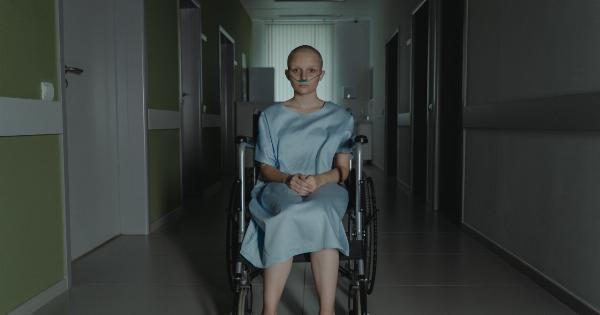The anterior cruciate ligament (ACL) is one of the major ligaments in the knee joint, responsible for providing stability and preventing excessive forward movement of the tibia in relation to the femur.
ACL injuries are common, especially among athletes involved in sports that require sudden stops, changes in direction, and jumping. Understanding the different gait modes and their impact on ACL health can help in the development of preventive measures and rehabilitation strategies.
Gait Modes
Gait, the manner of walking, can be categorized into various modes based on the timing and movement patterns of the lower extremities. The commonly recognized gait modes include normal, running, hopping, and cutting.
Normal Gait
In the normal gait mode, the walking pattern is characterized by a natural heel-to-toe movement. It involves a sequence of heel strike, foot flat, midstance, push-off, and swing phases.
The knee joint experiences forces and moments that are within its physiological range during normal gait, minimizing the risk of ACL injuries.
Running Gait
Running gait involves a higher impact on the knee joint compared to normal gait. It is characterized by a larger vertical ground reaction force and a higher rate of loading.
The increased forces and moments on the knee joint during running increase the risk of ACL injuries, especially if proper form and technique are not followed.
Hopping Gait
Hopping gait, as the name suggests, involves a series of single-leg hops. It mimics the high-force and high-impact movements often required in sports such as basketball or volleyball.
The repetitive landing from hopping can put significant stress on the ACL and increase the risk of injury, especially if the technique or landing mechanics are compromised.
Cutting Gait
Cutting gait refers to sudden changes in direction during walking or running. These movements involve rapid deceleration, lateral pivoting, and directional changes.
The combination of high force, velocity, and a change in direction places considerable stress on the ACL, making it susceptible to injuries during cutting movements.
Impact on ACL Health
The different gait modes impact ACL health in various ways. Running and cutting gait modes, due to their higher forces and moments on the knee joint, increase the risk of ACL injuries.
The repetitive nature of hopping as a gait mode can also contribute to ACL damage over time. However, it is important to note that injury risk is not solely determined by gait mode but is also influenced by various other factors such as biomechanics, muscle strength, conditioning, and previous injury history.
Preventive Measures
Prevention plays a crucial role in reducing ACL injuries. Understanding the impact of gait modes can help in developing preventive measures.
Athletes and individuals involved in activities with higher ACL injury risks should focus on improving their lower extremity biomechanics, muscular strength, and landing mechanics. Specific exercises targeting the muscles around the knee, hip, and ankle can help in improving stability and reducing the risk of ACL injuries.
Rehabilitation Strategies
In cases where ACL injuries have already occurred, rehabilitation is essential for a safe return to activity. The rehabilitation process typically includes exercises to improve range of motion, strength, proprioception, and neuromuscular control.
Gait retraining focusing on proper technique, including foot strike patterns and knee alignment, can help in reducing ACL stress during walking and running gait modes.
Conclusion
Exploring gait modes and their impact on ACL health is crucial for injury prevention and effective rehabilitation. The different gait modes, such as normal, running, hopping, and cutting, influence ACL health differently.
Recognizing the risks associated with each gait mode can guide the implementation of preventive measures and rehabilitation strategies. By understanding and addressing the specific challenges posed by different gait modes, individuals can reduce the risk of ACL injuries and promote long-term knee joint health.































